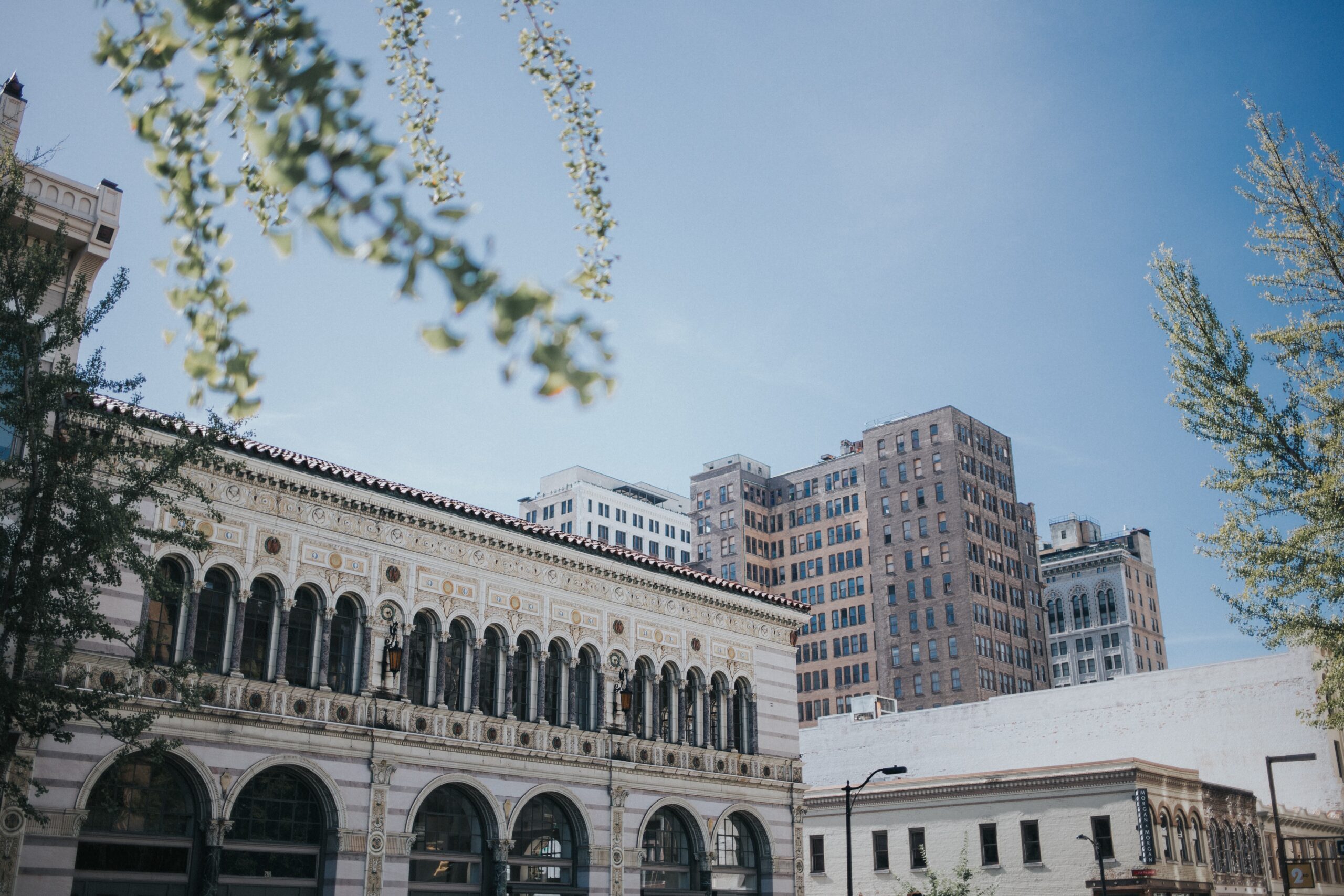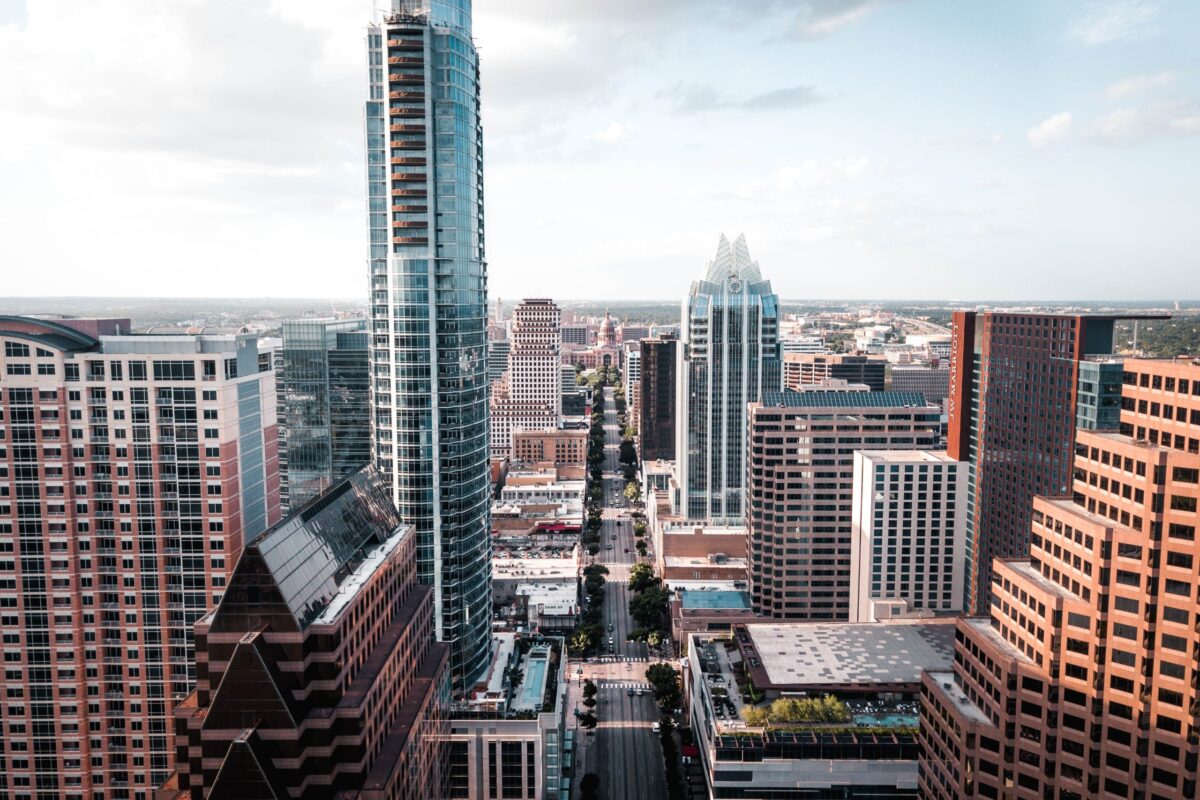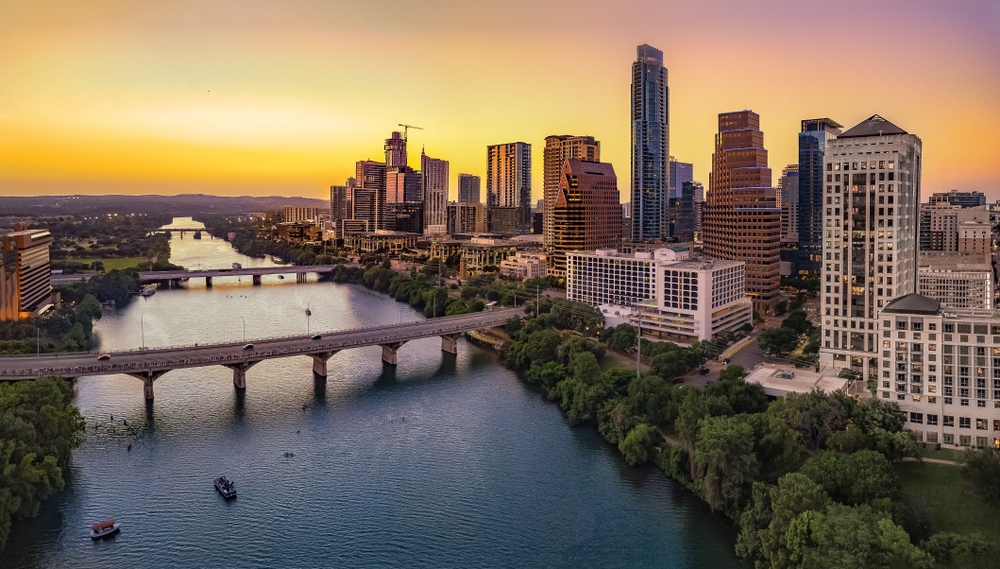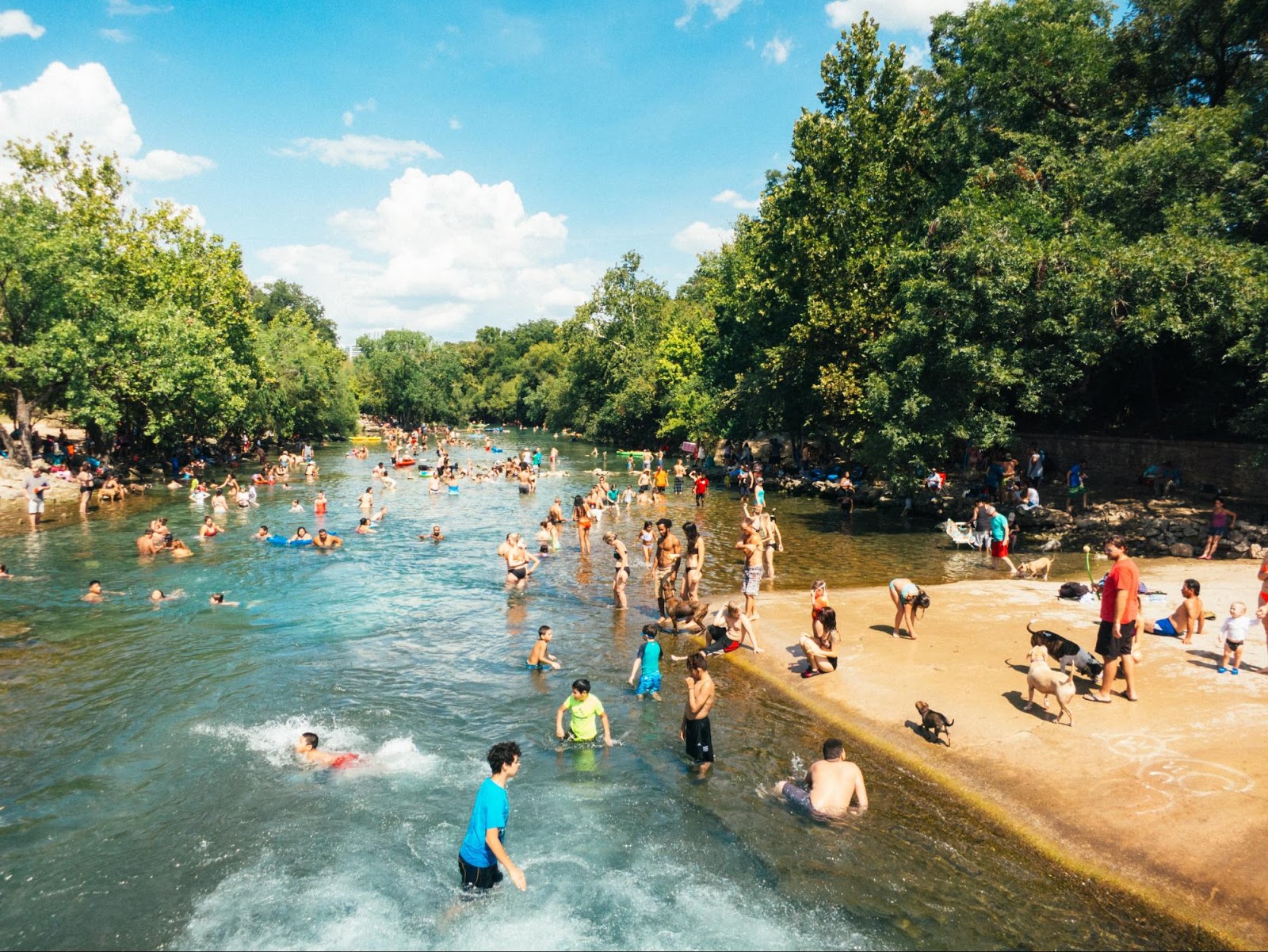
Austin Relocation Guide

You’ve decided to move to Austin, Texas. Congratulations! The city is one of the most prolific gems in the Lone Star State, home to a booming music scene, delicious food, and gorgeous natural landscapes. Whether you’ve just landed a new job, you’re moving in with a significant other, or you just want to experience a new and “happening” culture, you’re in for an adventure.
Yet, relocating for a job isn’t an easy feat. Moving to a new city poses challenges. You need to have a game plan, make future-oriented decisions, and find a decent place to live. From neighborhoods and transportation to furnished apartments in Austin, TX, we’ve compiled all you need to know about this city with our Austin relocation guide.
1. Let’s start with neighborhoods
Where you choose to live in Austin will directly influence your experience in the city. With a population of over 1,000,000 residents, you have options. And while we’ll explain a few great neighborhoods in Austin, it’s always best to feel them out prior to making a decision. Every online guide might say, “Move downtown, it’s hot, hip, and bustling!”
Yet, your heart might settle in Tarrytown, a lakeside area charmed by 1940s architecture. Or North Loop, a neighborhood filled with working-class men and women of the bohemian variety, living beneath a flight path of the old Austin Airport. While you can certainly pick your favorite, here are a few of our top picks of neighborhoods in Austin.
Downtown Austin
There’s no denying it, Downtown Austin is in. The city life features a new and eclectic music scene, 19th-century architectural landmarks, and modern museums. This is where you’ll feel Austin’s heartbeat, pulsing to the rhythm of Southern Blues. The traffic in this urban Austin neighborhood is heavy, the creatives are everywhere, and there’s always something to do. If you’re a city dweller used to the “fast lane,” Austin speeds with a grace unlike Los Angeles and New York City. It’s fast, but the unique southern charm makes it feel a bit more wholesome.
Mueller
A modern development located near East Austin, this town is only 4 miles from the epicenter (downtown). It’s an eco-conscious community surrounded by lake parks, nature, and a few chains and local retailers. It’s quieter, and most of the homes and buildings are brand-new developments. Perhaps the greatest charm of Mueller is that it feels like a little gem folded in its own world, yet it’s stone’s throw from Downtown Austin.
Barton Hills
This Austin neighborhood is still close to the city, yet comes with all of the joys of the great outdoors. Barton Hills has an urban vibe to it yet still boasts a peaceful environment for its residents. Here, you can enjoy many outdoor activities thanks to the many biking trails and Zilker Park. And for those hotter days that Austin can be known for, you can take a dip in Barton Springs Pool which is located in Zilker Park. Filled with lush greenery and many tall trees, this is a perfect place for those who like to revel in nature.
South Lamar
This neighborhood is home to trendy shops, bars, and restaurants with no shortage of things to do. And being in close proximity central Austin, South Lamar is just a short drive away to Downtown and many parks and hiking trails, making it the perfect balance for those that want a bit of both.
Domain
Considered Austin’s “second Downtown”, this area is relatively new to northwest Austin. The Domain is an ideal location for anyone that wants a bit of the hustle and bustle of a city. Filled with a sense of luxury, this location hosts many retail shops, restaurants, and businesses. In the Domain, you’re also located quite close to public transportation making it an ideal location if you plan to work near the area.
The reality is that there are tons of neighborhoods in Austin that might suit your fancy. It boils down to your wants and budget. Does city life inspire you? Or do you want to live by the rolling hills of Texas? If you’re new to the city and your career, check out our guide to the best Austin neighborhoods for young professionals.
The decision is yours.
2. Transportation
With an influx of new residents, the greater Austin area is more populated than it’s ever been. And although traffic is increasing, most Austinites rely on their cars for transportation. With relatively cheap meter parking and spacious urban design, it’s the most viable form of transportation. If you’re going to drive to Texas, then there’s little planning you need to do (save for braving the I-10). If you’re flying in, you might want to consider buying a car.
With a surface area of 271.8 miles, it’s a big city and a car will give you the freedom to explore Austin on your own terms.
Still, here are a few other transportation features to consider:
- Public Transit – When it comes to public transit, the CapMetro bus system can take you nearly anywhere. It’s $1.25 for a one-way trip and unlimited day-passes are available for purchase.
- Walkability – Austin, Texas—particularly downtown—is a walk-friendly city. With breathtaking nature and plenty of parks, Austinites like traveling by foot.
- Cycling – The cycling scene in Austin is beginning to experience an uptick. In fact, they now have their own bike-share platform called BCycle.
- Gas prices – At the moment, gas prices are hovering beneath $2/gallon. This drop in price is due to economic shifts and will likely increase in the future.
No matter what form of transportation you lean into, you have options. What you choose will likely be dependent on your location, job, and community. If traffic is a concern for you, check out our article about the pros and cons of living in Austin, TX for more information.
3. Prepare for the climate
If you’re coming from somewhere that doesn’t experience the seasons, you’re in for a change. If you hail from somewhere that embraces the seasons, living in Austin probably won’t shock you. The reality is that it’s Texas. Texas gets hot. The summers can jump above 100 degrees Fahrenheit and the winter lows linger around 40 degrees. For instance:
- Winter – Hovers around 50 degrees, with highs in the 70s and lows in the 40s
- Spring – Hovers around 65 degrees, with highs in the 80s
- Summer – Hovers around 70 degrees, with highs above 100
- Fall – Hovers around 70 degrees, with lows around 50
Austin residents love the summer. They go to parks, take walks, visit Austin Lake, and the city keeps moving—cutting through the heat with ice-cold drinks, great vibes, and outdoor activities.
A note on “cedar fever” – Cedar fever, you say? What is that? If you’re sensitive to pollen allergies, December to March brings a spike in pollen. This is due to the Ashe juniper tree, which grows abundantly in central Texas.
Prepare for the climate, prepare for cedar fever, pack shorts—pack sweaters, and you’ll be ready for the climate of the Austin area.
4. Using Landing to settle in
When moving to Austin, it’s a great idea to consider furnished apartments, a better choice for apartment living. Save yourself the hassle of having to move or buy all your furniture for a new place. If you’re wondering how to find an apartment in Austin, Landing can help.
With Landing, you can live in a fully furnished apartment with premium essentials. You don’t need to waste money on many of the costs that come with relocating like buying new furniture. Your home away from home will be ready for you and can even double as your own personal office.
With zero deposit, a short-term lease, and a 24/7 concierge service, you can land, get to work, and figure out your logistics without sacrificing the comfort of home.
5. Your first day in Austin: The local experience
You’re ready. You’re prepared. You’re excited. But what to do on your first day in Austin? According to a local musician, Tameca Jones, this is the perfect itinerary:
1. Start with a beer or coffee at Cosmic Coffee and Beer Garden: A massive patio, great seating, and wonderful drinks, this place is part of an Austinite’s religion. They have a koi pond, chicken coop, and even a waterfall. Reflect on the journey ahead and embrace your new city.
2. Check out some grooves: Hit Waterloo Records, a store that’s been in Austin since the 80s, and browse their massive selection of CDs and vinyl. Grab a poster for your new home and take in the creative.
3. Lady Bird Lake: You’ve had your coffee, stimulated your creativity, and now it’s time to go see Austin. Lady Bird Lake sports a 10-mile hike and a gorgeous bike trail that offers some of the best vantage points in Austin. You can go down the lake in a kayak, ride a bike, walk, or paddleboard.
4. Soul on Soco: Austin is often called the live music capital of the world, so after your magical day, head over to The Continental Club Gallery and go listen to live music and have a drink. From blues, funk, to soul, the Continental is a local’s dream.
Follow this first-day guide. Don’t follow it all. Whatever you do, just go experience the rhythm of the city. Smell the aromas, check out the restaurants, listen to the music, and explore.
After all, this is your new home.
Landing member Jess Goudreault spent three months in Austin—and had the time of her life. Check out her recommendations here!
How Landing can help you relocate to Austin
You’re relocating to Austin, Texas, one of the state’s most prized cities. An entire new life awaits you, ripe with adventure, BBQ, and new-age southern culture. To help you ease into the process, make healthy decisions, and find the perfect place to place, Landing is here to help.
Utilize this Austin relocation guide, peruse the many furnished apartments in Austin, settle into a neighborhood you love, and begin your great migration.
Your new life awaits. Need more relocation resources? Check out our complete guide on relocating for a job!









